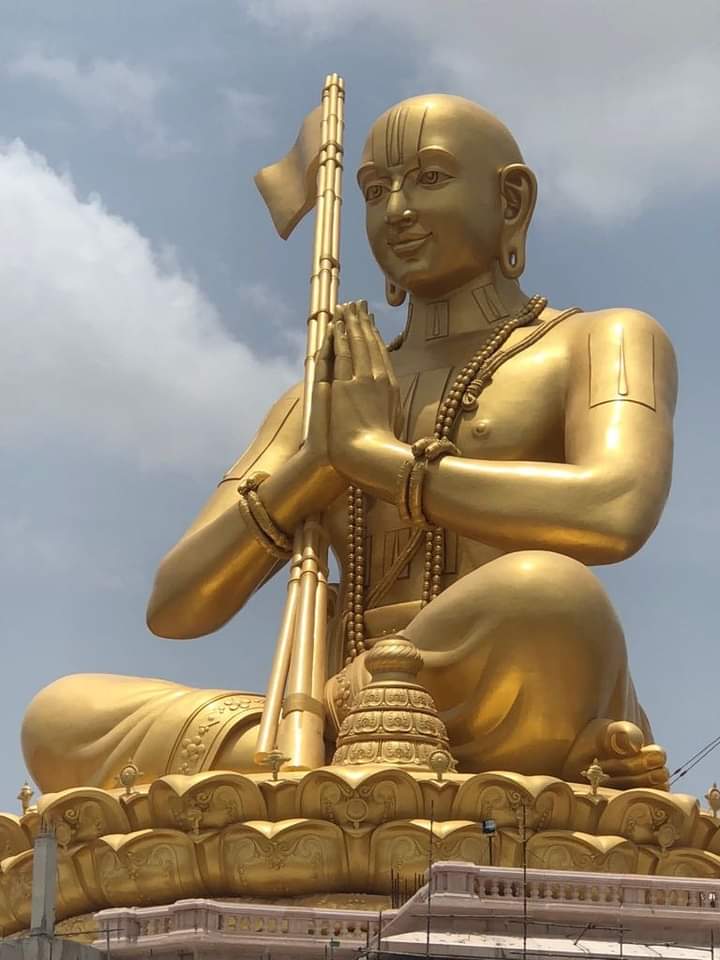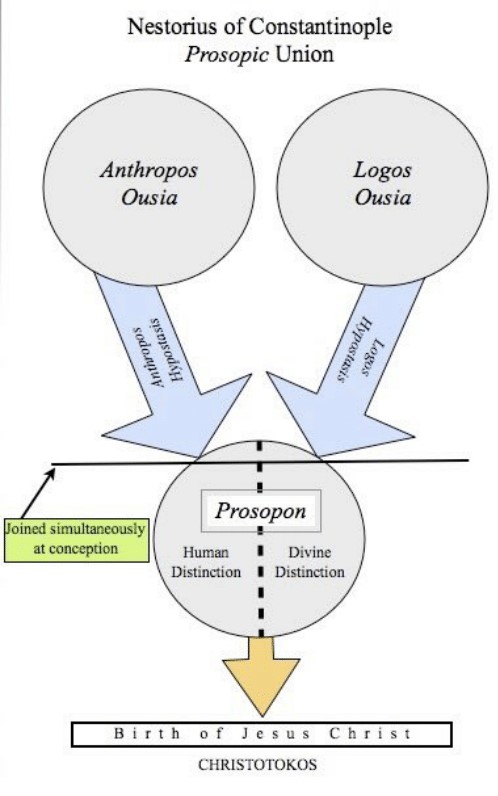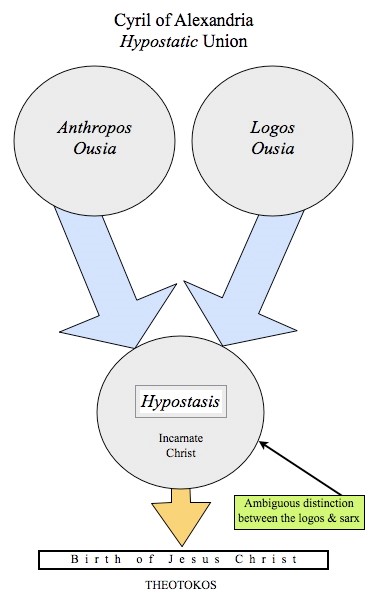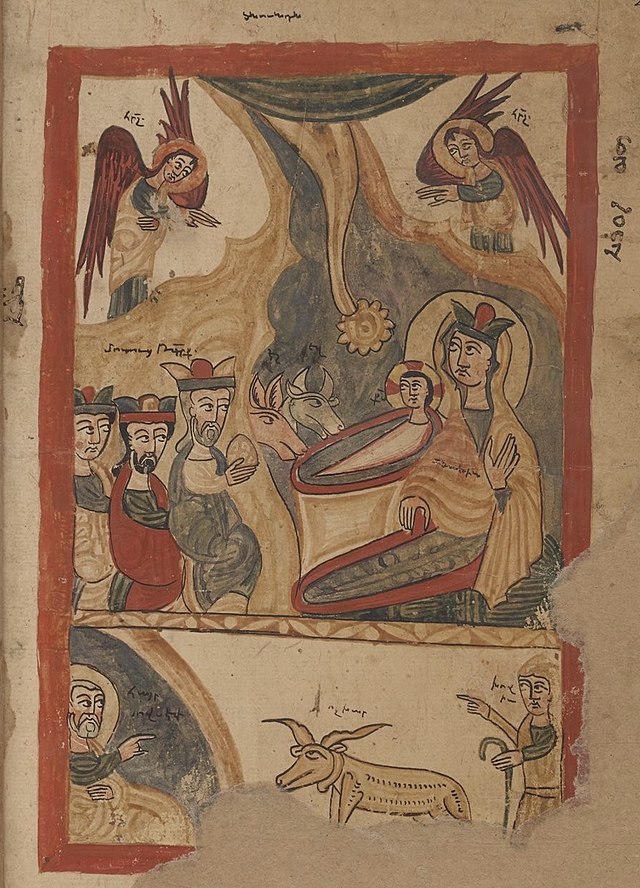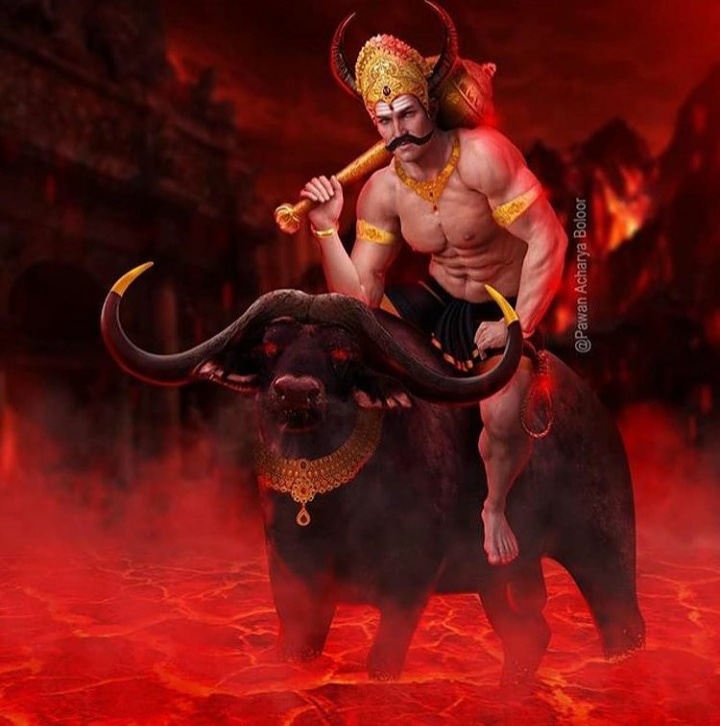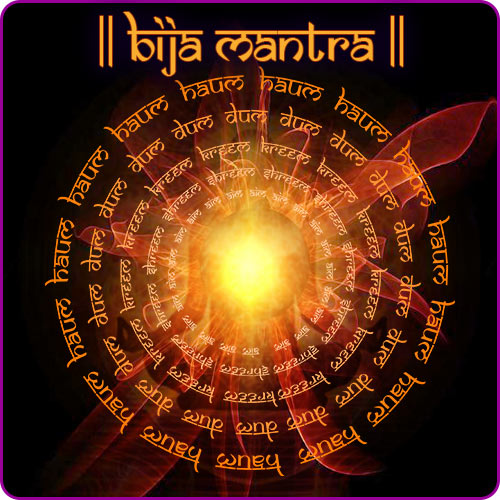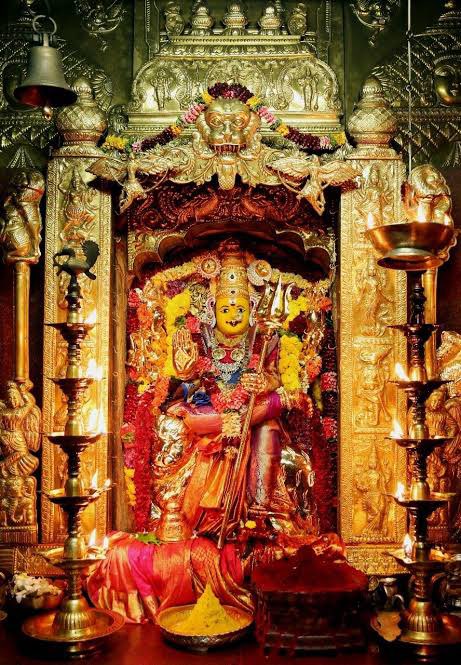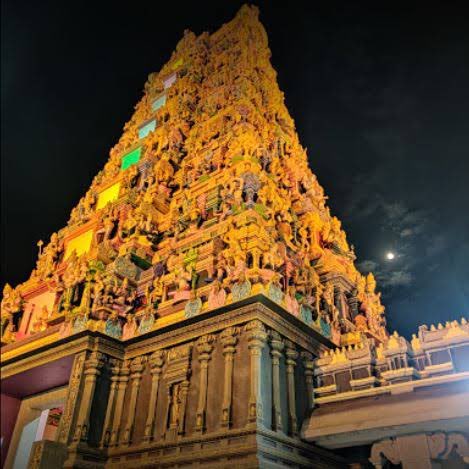Dance is an accessory to bhakti yoga and cannot be separated from bhakti. The origin of dance is mentioned in the vishNu dharmottara. Reproducing that section here.
As some parts of the text are blurred, I have indicated a few missing words with "?"+
Bharatanatyam is a shastra. Natya Shastra. It is religious by character. The stupid adage 'Art has no religion' doesn't apply to Bharatham. https://t.co/zXRMm4PTpE
— SriVaishnava Alucard (\u092a\u0930\u0915\u093e\u0932\u0930\u093e\u092e\u093e\u0928\u0941\u091c\u0926\u093e\u0938\u0928) (@BMidou124) March 30, 2022
[lakshmI, who only has eyes that see Hari, saw that God exhibiting beautiful movements of his limbs and strides of feet as he walked]+
The divine walk of bhagavAn, usually reserved for the muktAs, not seen even by gods, was manifested in front of those in bhUloka who don’t even realize what a great and rare sight that walk is!+
[lakshmI – “One who attracts the minds of all! I saw your beautiful walk as you rose up in the Ocean. Master of all! What is the vidyA behind that extreme loveliness of the walk? Tell me.”]+
[bhagavAn: Lotus eyed one! This art of dance, which is performed by graceful movements of limbs as well as the organs like eyes etc. and feet, is my body – ie, I am it’s sustainer]+
He calls nAtya as his body, ie, it is a vidyA supported by him as the self+
[bhagavAn: One who brings auspiciousness to me! Those who are my bhaktAs, will worship me with dance. The similarity to Brahman, the self of the 3 worlds is established in this dance]+
He says, dance leads to mukti as it is a limb of upAsana+
[Speaking thus to lakshmI, that supreme god told brahmA, “Knower of “dharma” – the proper means to worship me! Learn this dance, endowed with Brahman as the object & bhakti as the quality]+
[Keshava, speaking thus, taught dance to brahmA. Receiving the vidyA, brahmA gave it to rudra]
“केशवः” – Having lovely hair - implies his entire form is lovely & graceful, as origin of dance+
[Receiving this vidyA, Rudra engaged himself in constantly pleasing with dance that Ruler of Gods, Keshava, affectionate to his devotees]+
[King! vAsudeva created this dance formerly when the movables and immovables were all destroyed, ie, prior to secondary creation]+
[Since then, Shankara, the ruler of gods and who imparts knowledge of Hari to bhaktAs, worships with dance that god who bears the chakra and gada]+
“शङ्करो नृनाम्” – Who performs auspicious acts like teaching this dance to bhaktAs+
[Having obtained the name of “nR^itteshvara” (naTarAja), he ever pleases madhusUdhana. Hara is also pleased when worshipped for knowledge with dance.]+
This is indicated by his name “हर” – who “captures” madhusUdhana in his mind by bhakti.
"मधुसूधन" - who draws in the senses to his lovely form+
[Other gods are also pleased by this art of dance, which promotes the well-being of the gods (due to pleasing Hari)]+
More from All
You May Also Like
"I lied about my basic beliefs in order to keep a prestigious job. Now that it will be zero-cost to me, I have a few things to say."
We know that elite institutions like the one Flier was in (partial) charge of rely on irrelevant status markers like private school education, whiteness, legacy, and ability to charm an old white guy at an interview.
Harvard's discriminatory policies are becoming increasingly well known, across the political spectrum (see, e.g., the recent lawsuit on discrimination against East Asian applications.)
It's refreshing to hear a senior administrator admits to personally opposing policies that attempt to remedy these basic flaws. These are flaws that harm his institution's ability to do cutting-edge research and to serve the public.
Harvard is being eclipsed by institutions that have different ideas about how to run a 21st Century institution. Stanford, for one; the UC system; the "public Ivys".
As a dean of a major academic institution, I could not have said this. But I will now. Requiring such statements in applications for appointments and promotions is an affront to academic freedom, and diminishes the true value of diversity, equity of inclusion by trivializing it. https://t.co/NfcI5VLODi
— Jeffrey Flier (@jflier) November 10, 2018
We know that elite institutions like the one Flier was in (partial) charge of rely on irrelevant status markers like private school education, whiteness, legacy, and ability to charm an old white guy at an interview.
Harvard's discriminatory policies are becoming increasingly well known, across the political spectrum (see, e.g., the recent lawsuit on discrimination against East Asian applications.)
It's refreshing to hear a senior administrator admits to personally opposing policies that attempt to remedy these basic flaws. These are flaws that harm his institution's ability to do cutting-edge research and to serve the public.
Harvard is being eclipsed by institutions that have different ideas about how to run a 21st Century institution. Stanford, for one; the UC system; the "public Ivys".


